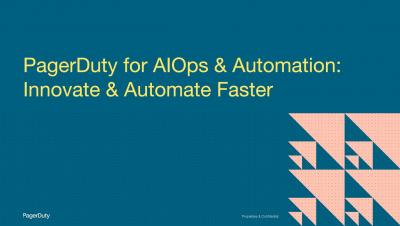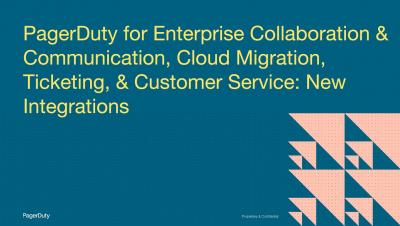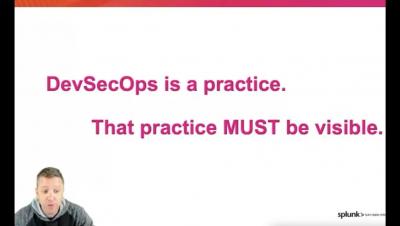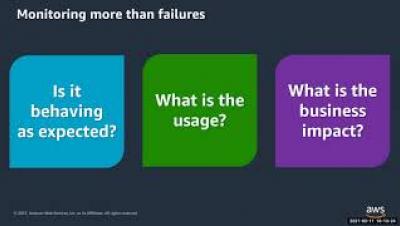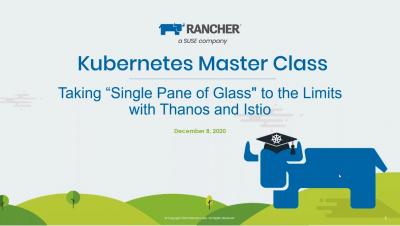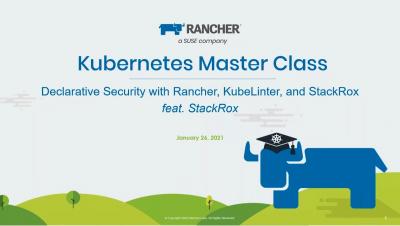PagerDuty for AIOps & Automation: Innovate & Automate Faster
We continue to improve our AIOps and machine learning capabilities to help customers reduce noise, quickly identify root cause, and automate the resolution of critical, business-impacting issues. This will help organizations further increase cost savings, reduce mean time to resolution (MTTR), and preserve people hours. The following capabilities empower responders to gain control, deliver critical context for faster root cause identification, assess impact, and automate actions with minimal configuration.


